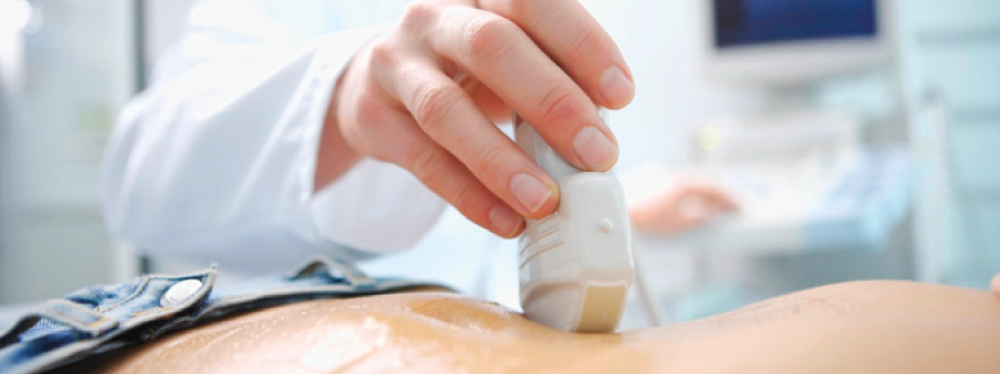ARGUS
Autonomous Robot for Guidance in Ultrasound Diagnosis
Challenge
Ultrasonography (US) is a versatile, non-invasive, portable, widely available and affordable technology compared to other equivalent technologies, playing a relevant role in ambulatory care and a preferred diagnostic tool. It also allows faster and safer results but the acquisition of images for diagnosis has several limitations.
Current clinical procedures require highly specialised professionals to position an US probe, who often accumulate high workloads caused by lack of qualified human resources, high patient flow and emotional stress arising from patient interaction. About 90% of these professionals report complaints related to occupational health aspects (e.g. musculoskeletal disorders; visual disorders and eye fatigue; burnout syndrome, anxiety and emotional frustration).
Solution
ARGUS is defined as an autonomous robotic system that will serve as a support tool for the medical professional and will encompass the definition of operation modes:
1) telemanipulation;
2) co-manipulation;
3) autonomous navigation.
These modes will support the various tasks to be performed during an US diagnostic clinical procedure. The ARGUS system will also be able to learn a given procedure and subsequently replicate it with the accuracy and quality required for diagnosis, with minimal practitioner involvement.
ARGUS will automatically assess the quality of the US images acquired in real time, generating feedback from the image that will be used to automatically adjust: the robot posture and probe contact force. Thus it will be possible to guarantee a high quality acquisition, necessary for a correct diagnosis. The processing and segmentation of the medical image will also be automatic and will allow to evaluate the potentiality of computational decision-aided diagnosis by classification of anatomical structures and masses present in abdominal US images.
The main goal of ARGUS will be the automation and optimization of the US images acquisition procedure which will allow:
1) reduction of the professionals' workload, reducing the examination time and the need to perform repetitive tasks;
2) increase of the diagnostic accuracy, making the procedure robust and independent of the operator and his experience;
3) extension of the access to qualified medical service of excellence to geographically remote, unattended and hard to reach areas.
Objectives, Activities and Results expected / achieved
The project development focused on aspects of system deployment, improvement of the ergonomics of the probe adapter system, implementation of co-manipulation, and beginning of implementing partial automation components of the process.

Project Reference
CENTRO-01-0145-FEDER-181237Funding

Intervention Region
Center of Portugal (100%)Total Investment
147.527,22IPN Investment
69.049,31Total Eligible
147.527,22IPN Eligible
69.049,31EC Funding – Total
121.725,22EC Funding – IPN
58.691,91Duration
12 MonthsStart Date
2022-08-09End Date
2023-08-08Approval Date
2022-06-08Consortium
Instituto Pedro NunesInstituto de Sistemas e Robótica I.S.R.
Sensing Future Technologies, Lda
Centro Hospitalar e Unicersitário de Coimbra
Keywords
Tele-ecography robotics;Collaborative robotics;
Computer aided diagnosis (CAD);
Ultrasound imaging;
Assistive automation.






